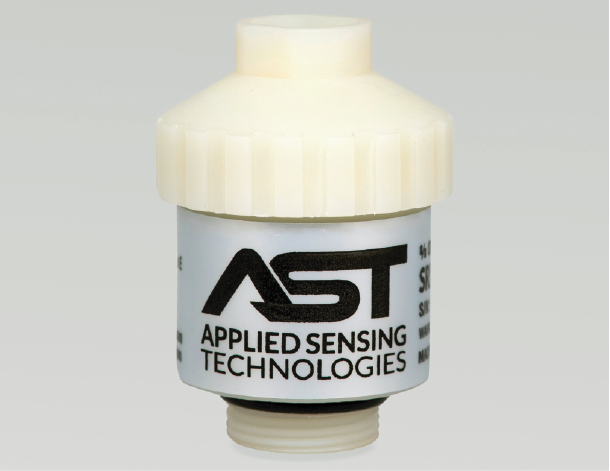Diving Oxygen Sensor- A Key Component of a Re-breather!
If you are one of the sea loving divers, you must be aware of the criticality of all the components attached to a re-breather. Sea diving, no doubt is full of adventure but maintaining the required functional conditions of a re-breather is essential for the safety of a diver. One of the most important prerequisites is to ensure that the diver can breathe safely under deep-water pressure. Oxygen pressure decreases with increasing sea depth due to increase in water pressure and it becomes difficult for the diver to breath without an external aid. Hence under water, the last thing a diver wants to experience is any problem with oxygen supply. If you ask a diver what drives his/her re-breather, the answer undoubtedly will be “the oxygen sensor”.
To avoid any problem, the diver must know the critical features, calibration requirement and the limitation of operating lifetime of the sensors. The following questions always arise; 1) under what conditions should the sensors be stored before and after the dive? 2) what is the life expectancy of the sensor? 3) how often sensor must be calibrated. Let’s get these questions answered below and for a good reason.
What is a Diving Oxygen Sensor?
Diving oxygen sensors have been in use since 1960s. This vital component of a re-breather inform the diver about the partial pressure of oxygen in breathing loop. Oxygen sensors are devised as partial pressure measuring devices which can measure 100% oxygen at sea level with very high accuracy. Under deep sea water, the pressure could increase up to 1.6 atmosphere. It is very important that oxygen sensor response accurately under increased pressure of oxygen. Oxygen sensor is basically an electrochemical cell which consist of several chemical components, referred as a galvanic fuel cell and an electronic circuit. The reactivity of chemical components gradually decreases and as a result it loses its ability to sense oxygen. This phenomenon is similar to a simple battery cell which provides current, and voltage but with time and usage its activity reduces and it decays to the point of no-use.
Operational Principal
Inside these galvanic type micro fuel cells, a chemical reaction takes place when oxygen comes in contact with the sensing element of the sensor. As a result, a current signal is produced (when current flows between lead anode and cathode). The amount of current produced is directly proportional to partial pressure of oxygen present in the gas mixture in contact with cell’s sensing membrane.
Life Span of Oxygen Sensor
Life span of a diving oxygen sensor depends on many factors like maximum partial pressure of oxygen, PPO2 the sensor measuring and the amount of lead anode present in the sensor. The higher the PPO2, lower the life expectancy due to faster consumption of lead anode. The average life of a sensor used in a re-breather is about 12-36 months.
Calibration of Oxygen Sensor
All electrochemical sensors generate a current signal proportional to the partial pressure of oxygen in a gas mixture. However, at constant oxygen concentration, different sensors produce slightly different current signal due to minor physical variations in various components of the sensor, for example thickness of the sensing membrane and surface area of the sensing element. Therefore, it is critical to calibrate the sensor with a know oxygen standard to normalize the sensor current signal of each sensor. It is highly recommended to calibrate the sensor before each dive.
Storage of Oxygen Sensor
Storage conditions directly affect the life span of the diving oxygen sensors.
• Sensor should not be stored in very dry environment as it can shorten the life of sensor by causing evaporation of liquid electrolyte.
• Oxygen sensor should be stored at room temperature or in a refrigerator: cooler temperature will reduce the chemical reaction of the sensor and minimize sensor decay. Sensor should never be frozen, freezing of electrolyte can permanently damage the sensor.
• The storage recommendations which come from the manufacturer should be followed.


Leave a Reply